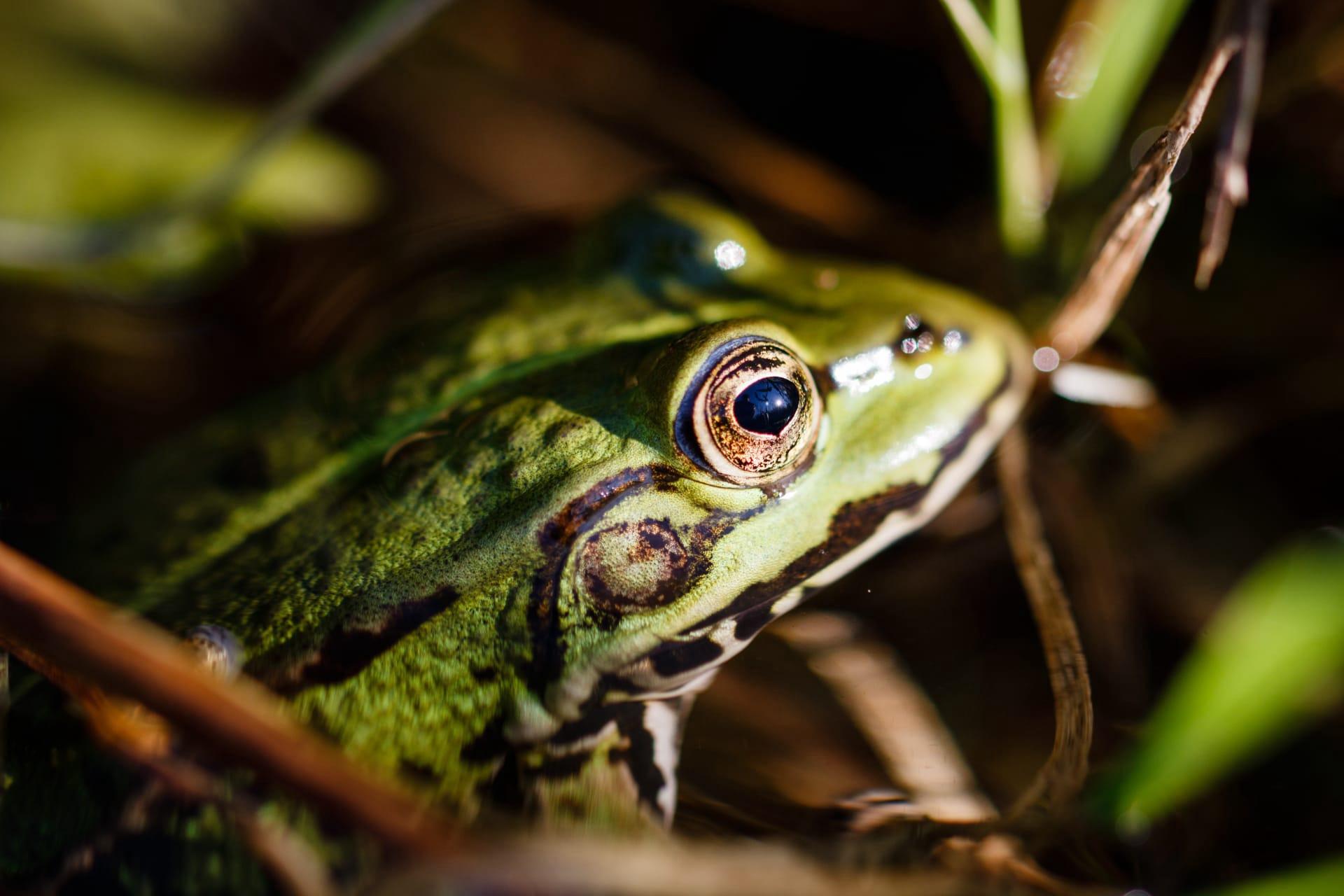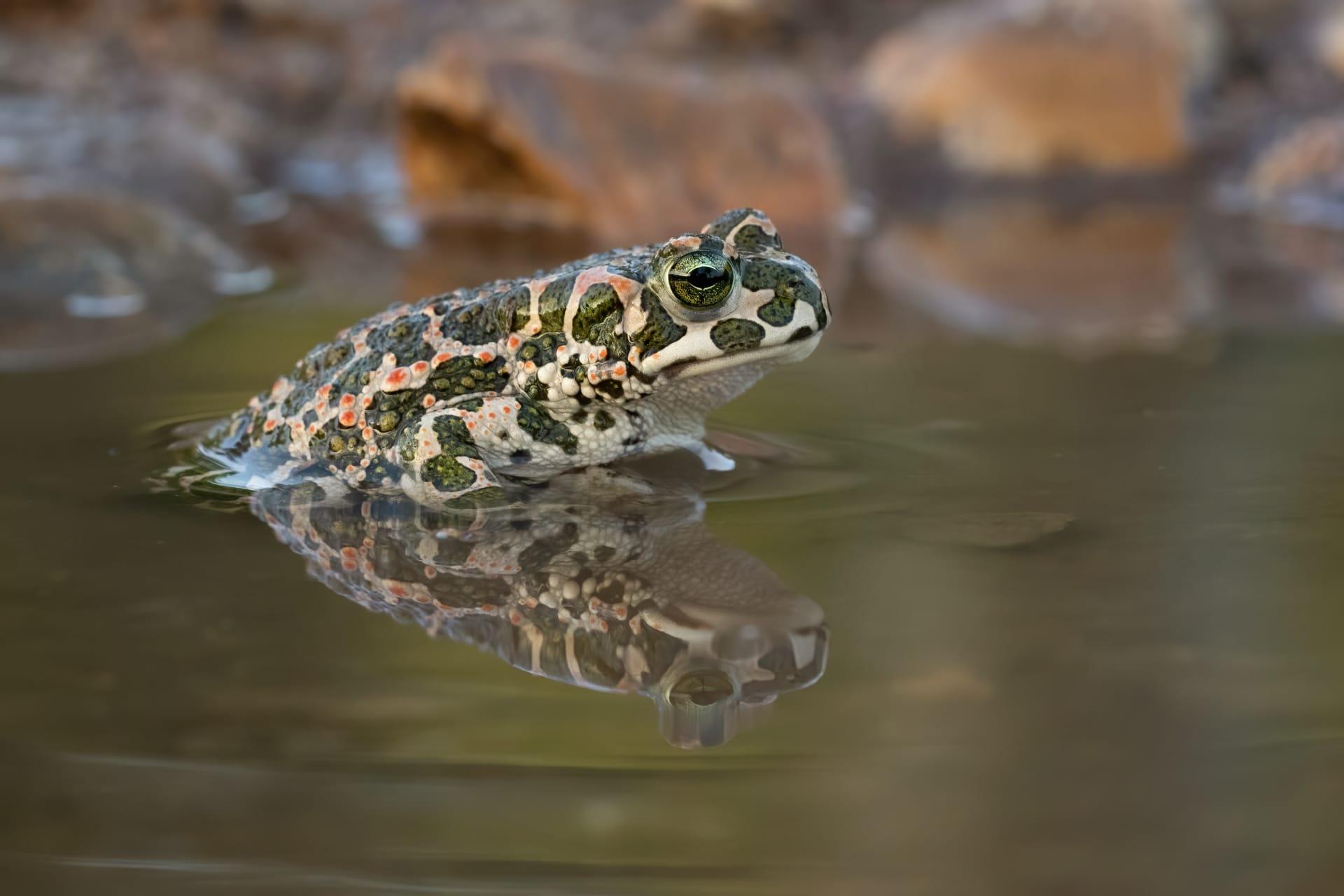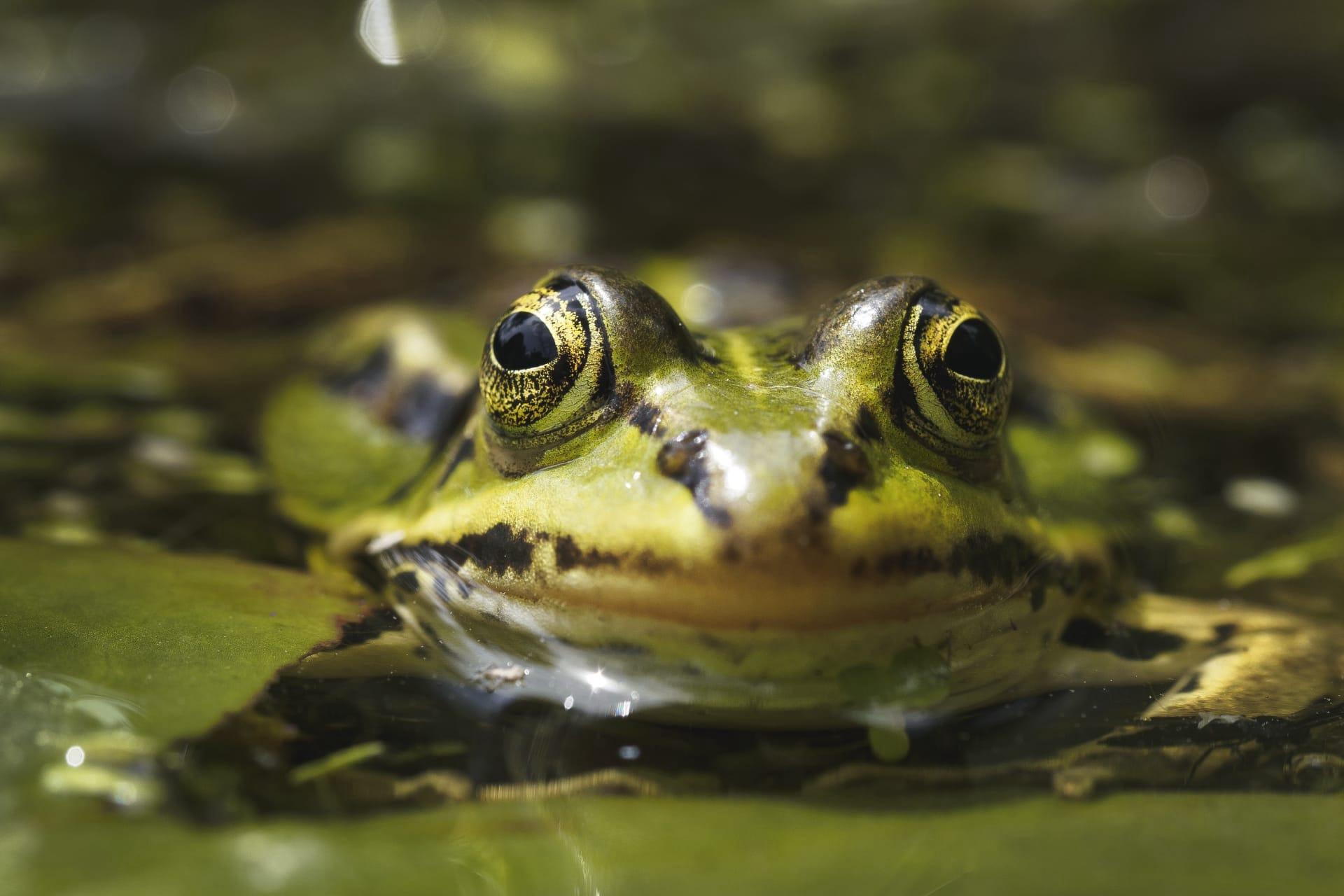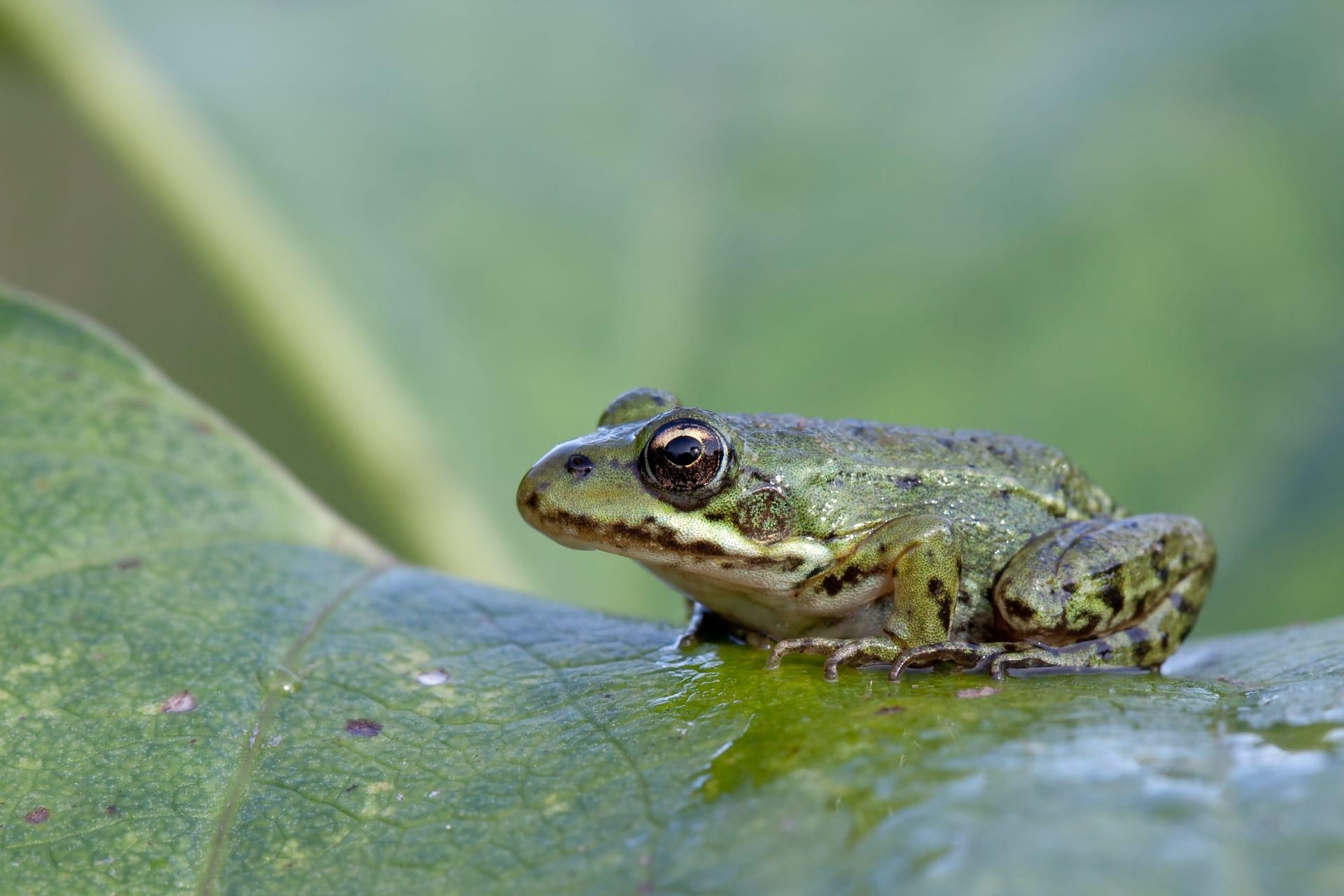1
Leopard frogs, known for their distinctive, leopard-like spots, are more than just pretty faces in the amphibian world. One fascinating fact about them is their incredible jumping ability. These frogs can leap distances over three times their body length! Imagine a human with that capability – we'd be able to jump over buses! In numbers, this means a leopard frog, typically around 3 to 5 inches long, can jump a staggering 9 to 15 feet in a single bound. It's a spectacular adaptation for escaping predators and maneuvering through their wetland habitats.
Another interesting trait is their role as environmental indicators. Leopard frogs are highly sensitive to changes in their ecosystems, especially water quality. Scientists use them as bioindicators to assess the health of ecosystems. When leopard frog populations decline or exhibit abnormalities, it's often a red flag signaling environmental issues, such as pollution or habitat destruction. This makes them crucial for environmental monitoring and conservation efforts, acting as a natural alarm system for ecosystem health.

2
Did you know leopard frogs have a unique way of surviving winter? As cold-blooded creatures, they can't generate their own body heat. So, during the frosty months, they undergo a remarkable process called brumation – a hibernation-like state. They burrow into mud at the bottom of ponds or streams, slowing their metabolism dramatically. Interestingly, even if parts of their body freeze, they can survive! They produce a natural antifreeze in their blood, preventing ice from forming inside their vital organs. This adaptation is essential for surviving the harsh winters, especially in northern climates.
Leopard frogs are also vocal virtuosos. Each male has a distinct mating call, sounding like a long, guttural snore followed by several rapid chuckles. It's an auditory spectacle, especially during mating season. These calls not only attract females but also establish territory among other males. The diversity in their calls is attributed to variations in air flow and muscle contractions in their vocal sacs. This vocalization plays a pivotal role in their breeding rituals, ensuring the continuation of their species.

3
One of the lesser-known facts about leopard frogs is their varied diet, which reflects their adaptability. They are opportunistic feeders, consuming almost anything they can overpower and swallow, including insects, spiders, and even smaller frogs! Their diet changes as they grow, with tadpoles primarily feeding on algae and plant matter, transitioning to more carnivorous diets as they mature. This varied diet helps them thrive in diverse environments, from grasslands to marshes.
Another intriguing aspect is their breeding strategy. Leopard frogs lay their eggs in communal clusters, often in shallow, still waters. A single female can lay up to 5,000 eggs at a time! These egg masses are a spectacle, often resembling a submerged gelatinous carpet. The communal laying provides some safety in numbers, as it reduces the chance of all eggs being eaten by predators. This reproductive strategy is a vital component of their lifecycle, ensuring a high survival rate for the next generation.

4
Leopard frogs have an extraordinary skin that does more than just display beautiful spots. Their skin secretes a mild toxin, which deters some predators. This is not unique among frogs, but it's a crucial survival mechanism. Additionally, their skin is semi-permeable, allowing them to absorb oxygen and water directly from their surroundings. This ability is especially important during the brumation period in winter when they are buried in mud and unable to breathe through their lungs.
Migration is another fascinating aspect of leopard frogs. They're known to migrate up to several miles between their breeding and wintering habitats. This journey is significant for such small creatures and is driven by instinct and environmental cues. The migration routes are often treacherous, crossing roads and developed areas, which unfortunately leads to high mortality rates. Conservation efforts focus on creating safe passages and protecting these migration routes to ensure the frogs' survival during these critical movements.

5
Leopard frogs exhibit a remarkable form of communication beyond their mating calls. They use a combination of vocalizations, body postures, and even touch to communicate with each other. For instance, a male might gently touch a female with his forelimbs as part of the courtship ritual. These subtle forms of communication are crucial for their social interactions, especially during the breeding season.
Lastly, leopard frogs play a significant role in their ecosystems as both predators and prey. As predators, they help control insect populations, contributing to the balance of their habitats. As prey, they are a vital food source for a variety of animals, including birds, snakes, and larger mammals. This dual role highlights their importance in the food web, making them integral to the health and stability of their ecosystems. Their presence and abundance are indicators of a thriving, balanced natural environment.